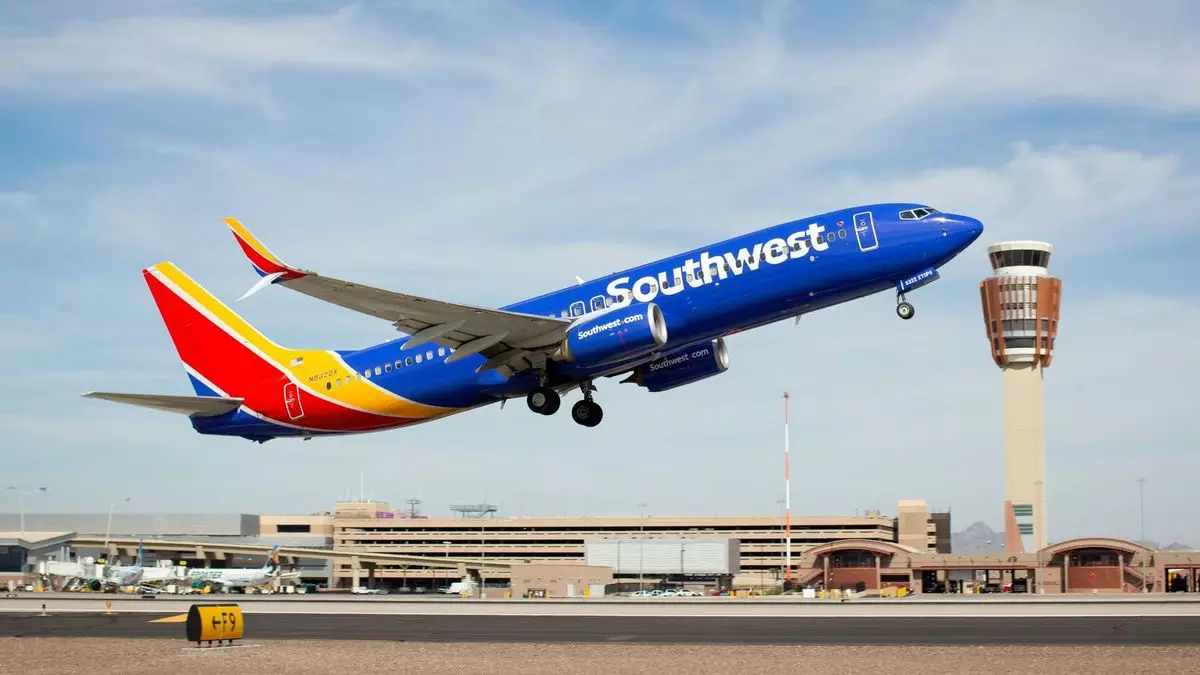In a bold move that reflects evolving market dynamics and internal assessments, Southwest Airlines announced a 15% reduction in its corporate overhead workforce. This strategic decision impacts around 1,750 employees, including 11 senior leaders whose titles range from vice president to higher roles, collectively constituting 15% of the company’s senior management team. The layoffs, described as “unprecedented” by Southwest’s president and CEO Bob Jordan, underscore the airline’s pivot toward a more efficient organizational structure amidst ongoing economic challenges.
The necessity for these cuts arises at what Jordan identifies as a critical juncture for Southwest Airlines. The focus is on transitively reshaping the airline into a “leaner, faster, and more agile organization.” While layoffs are a common occurrence within the corporate world, the scale and scope of Southwest’s recent decision are notable, as these changes mark the first significant reduction in its 53-year history. The question arises: What prompted such drastic measures?
Financially, Southwest Airlines has not fully recovered to pre-pandemic profit levels, with earnings significantly lower than those recorded in 2019. The expected savings from the workforce reductions is projected at approximately $210 million for partial-year 2025, escalating to a total of $300 million in savings for 2026. This projected financial relief is essential, particularly in light of previous pressures from activist investors like Elliott Management, which had pushed for leadership change and strategic shifts.
The agreement reached last October between Southwest Airlines and Elliott led to the introduction of six new directors and a reshuffling of leadership. This change is emblematic of a broader response to investor pressure, aiming to ensure that the airline remains competitive and responsive to market demands.
Despite these drastic adjustments, Southwest maintains its commitment to its core customer base, especially in the business travel sector. An official statement from the airline reassured stakeholders that there are “no plans” to alter focus areas within Southwest Business, emphasizing their dedication to providing service “with the Heart and Hospitality” that has long been synonymous with the Southwest Airlines brand.
In concert with workforce reductions, Southwest is proactively altering its operational strategies, such as the recent introduction of red-eye flights and the planned implementation of assigned seating arrangements with options for extra legroom. These operational changes suggest that the airline is keen on enhancing customer experience while simultaneously streamlining its operations.
As Southwest Airlines navigates this transformative period, the balance of maintaining service quality while adapting to economic realities will be pivotal. The ability to streamline operations without alienating its loyal customer base will determine the airline’s path forward in the evolving aviation landscape. Ultimately, how effectively Southwest manages this transition could redefine its position in the competitive airline industry for years to come.
- The Rise of Aberlour 18: A Triumph in the World of Scotch - June 24, 2025
- The Departure of Captain Kate McCue: A New Chapter Begins - June 24, 2025
- Transforming Travel: The Promising Future of NDC Adoption in the Aviation Sector - June 24, 2025


Leave a Reply